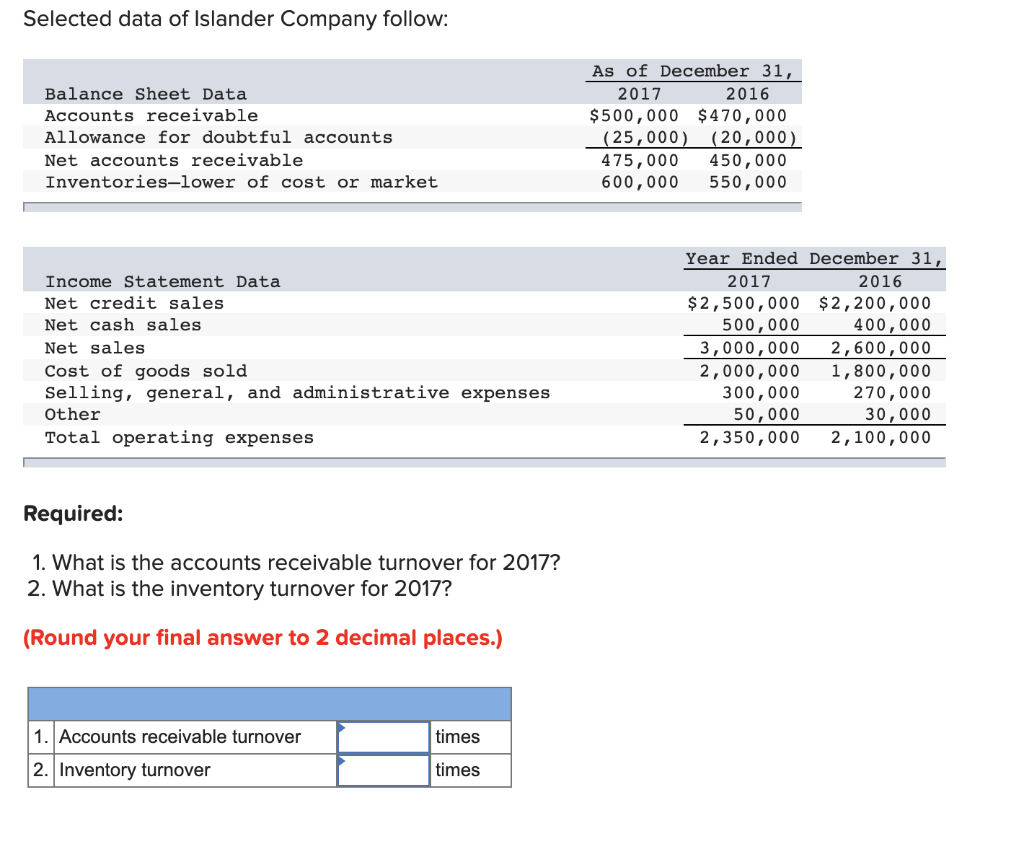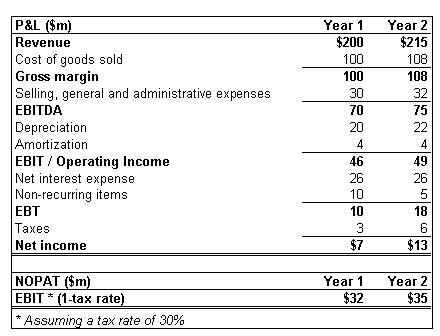Content

Just as more organizations are moving off paper invoices, there is a move away from paper checks and wire payments to protect against fraud, lower costs, and streamline the payment process. Automated solutions for global payments simplify the process for making payments to potentially thousands of suppliers while long term notes payable on balance sheet eliminating the need for accounts payable to enter data across multiple bank portals. As explained earlier, notes payable involve the payment of money owed to a financial institution or other creditors. They involve the payment of principal and interest and are generally longer-term payment commitments .
LNTP agreements are repaid with a set interest rate (like short-term notes payable). With accounts payable, the amount paid for each item might change due to frequency of use. For example, accounts payable could include charges for things like utilities and legal services, rather than bank loans. Notes payable is a liability that results from purchases of goods and services or loans. Usually, any written instrument that includes interest is a form of long-term debt. A description of bonds issued including the effective interest rate, maturity date, terms, and sinking fund requirements are included in the notes to financial statements.
What Are Notes Payable?
The amount owed on long-term financing appears under the long-term liabilities section of the balance sheet. Long-term balances often require smaller monthly outlays because the debt is spread out over time. This also means the company's future cash flow is leveraged for an extended period.
The difference of $1,082.37 represents the interest component over the five years. Notes that are zero-bearing or non-interest bearing do not have a stated rate of interest. Although, while they may appear at first glance not to have any interest, there is always an interest component embedded in the note.
Accounting for Notes Issued: Cash, Rights, Property, Goods & Services
We can think of accounts payable as very short-term debts the company might owe as payment for goods or services from another party. They are typically paid off within the span of a month, whereas notes payable could have terms as long as several years. As previously discussed, the difference between a short-term note and a long-term note is the length of time to maturity. Also, the process to issue a long-term note is more formal, and involves approval by the board of directors and the creation of legal documents that outline the rights and obligations of both parties. These include the interest rate, property pledged as security, payment terms, due dates, and any restrictive covenants.
Some of these normal operating costs include salaries payable, wages payable, interest payable, income tax payable, and the current balance of a long-term debt that will be due within a single year. See below for the balance sheet reporting treatment of the current and long-term liability portions of the Note Payable from initiation to final payment. A note payable is a liability where one party makes an unconditional written promise to pay a specific sum of money to another. These agreements can be short-term contracts with a due date falling within a year or long-term with a maturity period beyond one year. If the liability is for more than a year, it becomes a long-term liability. On the other hand, short-term agreements are treated as current liabilities.
Short-Term Debt
As the customers receive the cash, there is an increase in their assets, and hence they debit the account. At the same time, notes payment is a credit entry as they promise repayment, which is a liability. On the other hand, the notes payable account is credited to account for the liability. Accounts payable is an obligation that a business owes to creditors for buying goods or services. Accounts payable do not involve a promissory note, usually do not carry interest, and are a short-term liability . Unearned revenue is money received or paid to a company for a product or service that has yet to be delivered or provided.
- For example, if the interest rate (I/Y) is not known, it can be derived if all the other variables in the variables string are known.
- Before you make a business payment, you must accurately process an invoice.
- Also, during the fiscal year of adoption, the information on the key terms and balance sheet presentation, which are annual disclosure requirements, should also be disclosed in each interim period.
- Instead of matching to the PO, the match is to the contract, and the amount of the contract is automatically debited to keep an accurate account of the budget.
- You can learn more about the standards we follow in producing accurate, unbiased content in oureditorial policy.
These are debit entries with the cash accounts being credited, considering the amount received as debt from lenders, which indicate the borrowers’ liabilities. These contracts are obligations for the parties involved and are classified as – single-payment, amortized, negative amortization, and interest-only types. Therefore, exploring them is important to better understand themeaning of notes payable.
Definition of Notes Payable
Both the current and quick ratios help with the analysis of a company's financial solvency and management of its current liabilities. The company makes a corresponding “furniture” entry in the asset account. A notes payable is a promissory note issued by a company to fulfill its short-term business needs whereby it gets funds from a lender and agrees to pay back the principal and interest over an agreed time period. Notes payable is a written promise to pay a certain amount at some future date.
